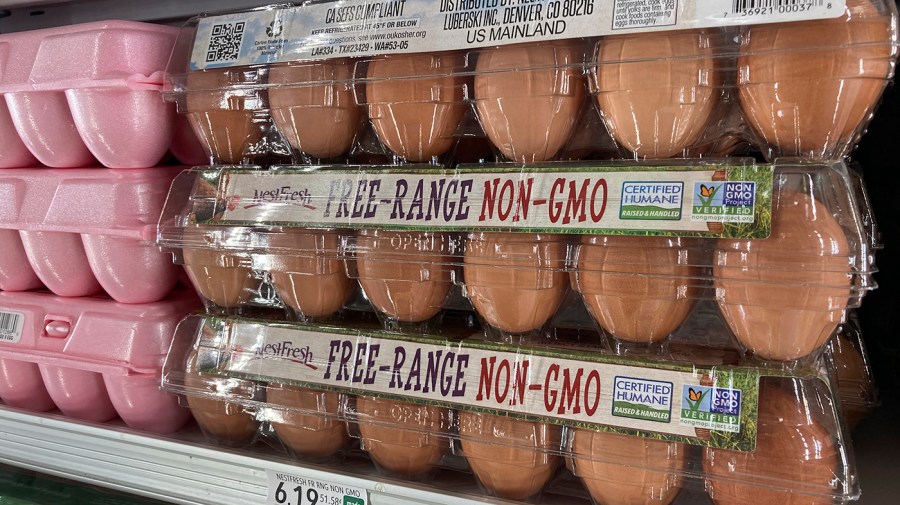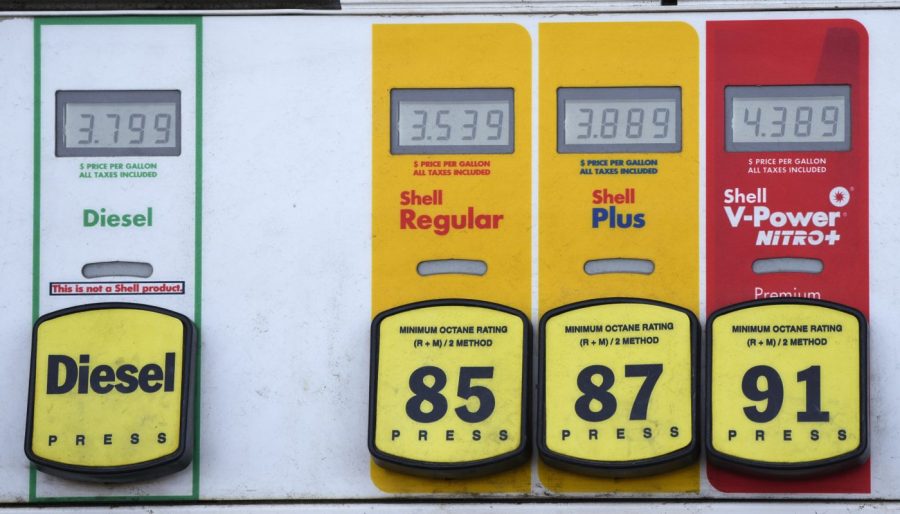Five takeaways from the steep May inflation decline

Consumer prices fell further in May than economists expected, dropping to a 4 percent annual increase following 10 consecutive interest rate hikes by the Federal Reserve.
That’s the lowest annual rise since the first quarter of 2021. While it’s still double the Fed’s 2 percent target rate, economists are increasingly seeing the light at the end of the tunnel of the current inflationary cycle.
That’s good news for consumers and workers, who have seen their take-home pay get eaten away by higher prices for essentials like rent and groceries as inflation has outpaced wage growth.
It’s bad news, however, for many economists who insisted inflation couldn’t be brought under control without large-scale unemployment and that price-gouging couldn’t be responsible for keeping prices higher than they otherwise would be.
Both of those assumptions have largely been proven wrong.
Unemployment has stayed near historic lows even as prices have been coming down.
Higher profits have taken up a larger share of prices as companies have restructured their business models to take advantage of more tolerant consumers and sustain expanded margins.
A recession has also so far failed to materialize despite a chorus of predictions about the inevitability of one at the end of last year.
“Right now inflation is 4 percent, unemployment is below 4 percent, and gas is below $3.50,” Joey Politano, an economist and writer of the Apricitas economics newsletter, wrote Tuesday morning.
“I’m sure [this] is exactly what everyone expected this time last year when inflation crossed 9 percent and gas prices were at all-time-highs,” he quipped.
Here’s what to know about the latest numbers in the Labor Department’s consumer price index (CPI).
Food is still expensive, but a few key items are significantly cheaper

Food prices advanced 0.2 percent between April and May after flatlining the past two months and are still outpacing inflation overall at a 6.7 percent annual increase.
But unlike the broader CPI, which has seen a rockier descent since it peaked in June 2022, food prices have been shooting straight down throughout 2023.
Egg prices are 13.8 percent lower than they were a month ago, milk prices are 0.6 percent lower, and turkey is 2 percent lower.
On an annual basis, citrus is 5 percent cheaper than last May, bacon is almost 10 percent cheaper, and fresh fish is 2 percent cheaper.
Meanwhile, white bread is 13.4 percent more expensive than it was last year, lettuce is 9.4 percent more expensive, and frozen fruits and vegetables are 12.9 percent more expensive.
Cheaper energy is translating through the economy

Part of the reason prices have been falling steadily without a major economic slowdown is that post-pandemic inflation has been sector-specific. Price growth has peaked and dropped in different phases as opposed to being the result of a broad-based glut of demand.
A spike in the price of energy last year, driven largely by the war in Ukraine, went a long way toward keeping consumer prices elevated, compounding initial supply chain blockages that triggered higher inflation.
That secondary energy surge is now finished, and energy prices are well within deflationary territory.
Energy prices overall are 11 percent lower than they were last year, per Tuesday’s CPI data. Regular unleaded gasoline is 20.3 percent cheaper than it was a year ago, and the average price of a gallon of gas is $3.59, down from more than $5 a year ago.
The CPI’s “other motor fuels” category, which includes automotive diesel and other shipping fuels, is 26 percent lower than it was a year ago.
Earlier this month, OPEC+ members led by Saudi Arabia pledged to extend cuts to oil production by 1 million barrels per day after earlier cuts failed to raise crude prices on world markets. This could mean resurgent energy prices during peak travel times this summer, but that outcome isn’t guaranteed.
Shelter costs now a main driver of inflation

Taking out food and housing prices, “core” CPI rose by 5.3 percent annually in May, while the closely watched core services without housing sector rose by 4.6 percent annually.
One of the main drivers of the core is the cost of shelter, which is up 0.6 percent on the month and 8 percent annually — double the CPI as a whole.
“Excluding shelter, CPI inflation is now [down] to what we would consider normal levels: 2.2 percent over the past year. A year ago, it was 10 percent. Shelter inflation is still 8 percent,” University of Central Arkansas economist Jeremy Horpedahl wrote Tuesday.
This could be a problem for Fed officials, who have been counting on lower rent prices to help inflation come down.
“We expect lower rents will eventually be reflected in inflation data as new leases make their way into the calculations,” Fed board member Michelle Bowman said at an event last month in Boston.
“The residential real estate market appears to be rebounding with home prices leveling out, which has implications for our fight to lower inflation.”
Wages outpaced prices but are slowing overall
Real wages, which are a measure of how much money Americans are making adjusted for how much more expensive things are, advanced 0.3 percent in May and 0.4 percent for production and nonsupervisory workers.
That’s the first time in more than two years that wage growth outpaced inflation, which advanced only 0.1 percent in May. However, the overall trend in wage growth is markedly down, falling to a 4.3 percent annual increase from nearly 6 percent in March 2022.
“Inflation and wage growth are unequivocally coming down despite the theory that this could not happen without significant increase in unemployment,” economist Adam Ozimek wrote Tuesday.
What will the Fed do next?
Despite what’s happening in the housing market, cooling inflation and easing wage growth are good news for the Fed.
Many economists on Tuesday were predicting the CPI decline would mean the Fed is clear to pause on hiking interest rates at its meeting this week, the outcome of which will be announced Wednesday.
It would be the first pause since the Fed started hiking rates last March in one of the fastest quantitative tightening cycles on record.
A prediction algorithm by financial company CME put the odds Tuesday of the Fed pausing on rate increases at 93 percent on Wednesday.
Copyright 2023 Nexstar Media Inc. All rights reserved. This material may not be published, broadcast, rewritten, or redistributed.

